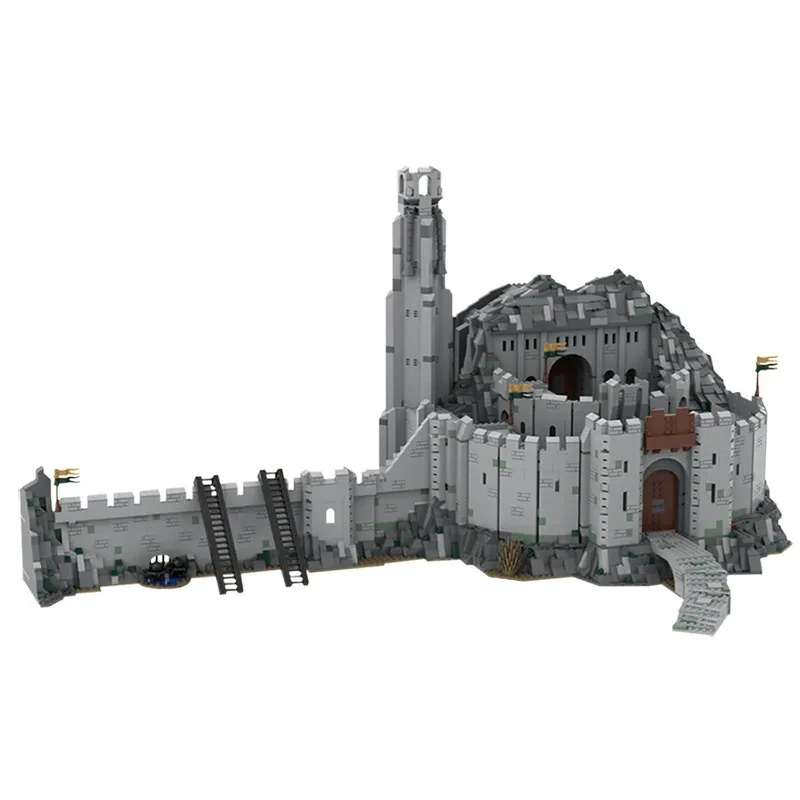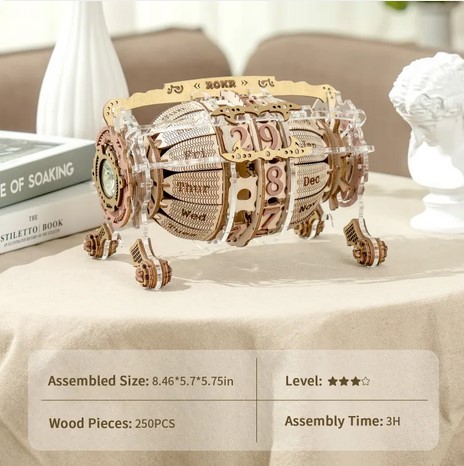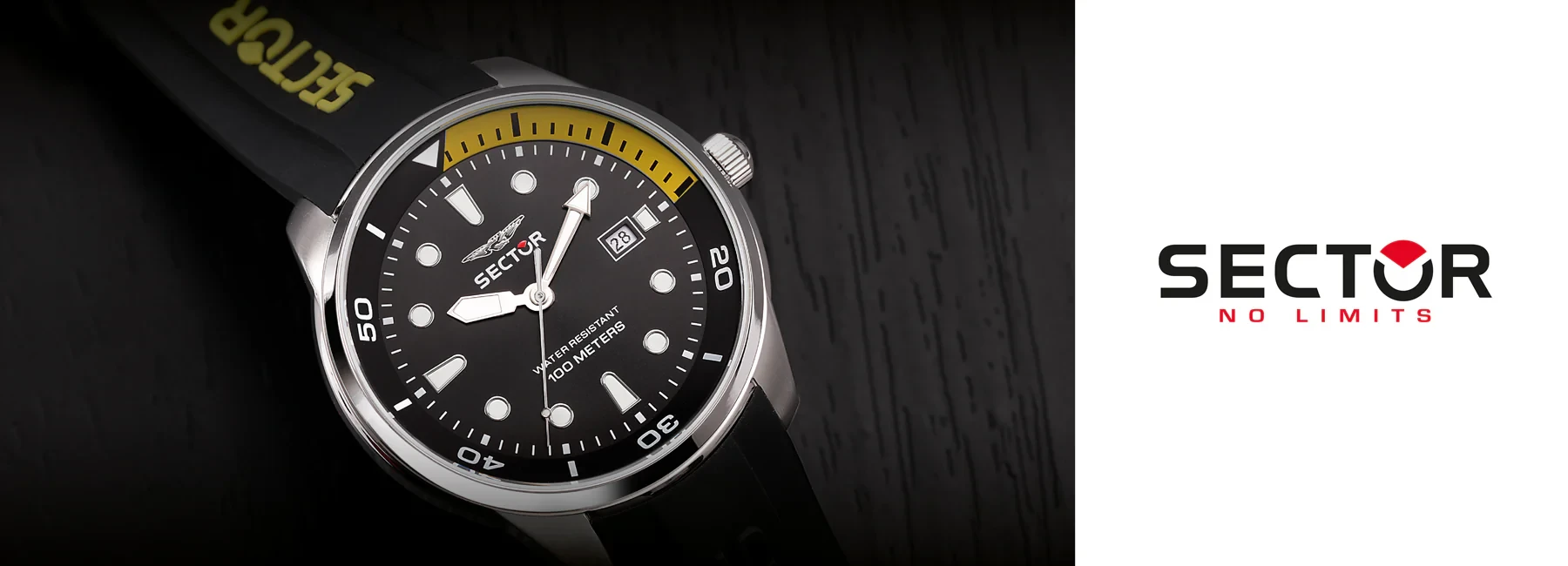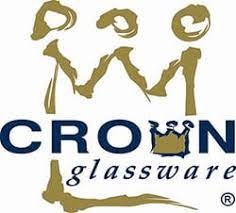

3D Scorpion Metal Puzzle Colorful Model Kit for Gifts and Decoration
Approx $60.10 USD Normally: $199.99
For orders starting from November 18th, we will provide Christmas gift box package.
- Design of this metal model kits: The most distinctive features of scorpions are their pair of oversized claws, their long, slender tails that often curve around the scorpion's back, and the stinger at the end of the tail, which is used to inject venom.
- Scorpions are highly effective predators due to the unique combination of characteristics that allow them to locate prey (with their eyes), move swiftly and dexterously over any terrain in pursuit of prey (with their four pairs of clawed legs), and then catch and hold prey (with their pedipalps and chelae) while injecting venom into the prey (with their telson) to immobilize or kill it. How Much Do You Know About Scorpions?
- Suitable for people with patience and hands-on ability, the model kit is able to exercise children's hands & brains as well as spatial imagination, evoking immersive fun during the assembly.
- The assembled product measures 16*14*14cm, making a fantastic desk decor and a surprising gift for family, friends and children as well as providing wonderful leisure time between parents and children.
-
Specifications:
.Material: Stianless Steel
.Product Dimensions: 16 x 14 x 14cm
.Product Weight: 320g
.Package Dimensions: 18 x 16 x 16cm
.Package Weight: 450g
.Paking: Box

Scorpions are distinguished from spiders by several essential traits that can be used both to help identify these creatures and to
differentiate them from other arachnids.
Take, for instance:
The body is comprised of these three distinct parts:
- The prosoma or the cephalothorax, respectively (head)
- The mesosoma (abdomen)
- The metasoma (tail)

Each of the three sections includes some essential properties of scorpions, including the following:
- The prosoma houses the compound eyes, the mouth, and the characteristic pair of claws known as the pedipalps. The pedipalps each end in a pair of pinchers known as the chelae. Pedipalps are not legs but rather extra appendages utilized to grab and hold prey, mates, or even a competitor scorpion while competing. Pedipalps are found only on female scorpions.

- The mesosoma of a scorpion is made up of seven segments and has four pairs of walking legs with claws. These features allow scorpions to easily climb practically any surface due to their mesosoma. The reproductive organs, respiratory organs, and other organs are located within the segments of the mesosoma.

- The telson is the final section of the scorpion's familiar tail, known as the metasoma. The metasoma is made up of five more segments than the telson. The telson of the scorpion is equipped with a pair of venom glands as well as a hypodermic aculeus, also known as a venom-injecting barb (stinger), which enables the scorpion to sting its prey, its predators, and even people.

Scorpions are highly effective predators due to the unique combination of characteristics that allow them to locate prey (with their eyes), move swiftly and dexterously over any terrain in pursuit of prey (with their four pairs of clawed legs), and then catch and hold prey (with their pedipalps and chelae) while injecting venom into the prey (with their telson) to immobilize or kill it.
They are not insects
Arachnids are a diverse group that also includes spiders, mites, and ticks. They are classified as arachnids and belong to the larger arthropods known as chelicerates. This category of arthropods also contains sea spiders and horseshoe crabs. Chelicerates should not be confused with insects in any way. Arthropods come in various forms, and insects are one of those forms.
The difference between chelicerates and insects can be seen in a number of ways, including the number of legs they have: Adult insects have just six legs; in contrast, arachnids and other chelicerates have eight legs in addition to two additional pairs of appendages known as the chelicerae and the pedipalps. Chelicerae frequently assume the form of mouthparts, and the pedipalps of scorpions have evolved into pincers during their evolutionary history.
The most distinguishing and noticeable features of scorpions are their oversized pair of claws, their long, thin tails frequently bent over
the back of the scorpion, and the stinger located at the end of the tail and is used to inject venom.

Some species of scorpions can survive for a whole year without eating.
Most of a scorpion's diet consists of insects and spiders, but larger species sometimes consume tiny lizards or mice. Some stalk their prey
in ambush, others actively hunt for food, and yet others are known to set traps for their victims.


Regardless of how they obtain their food, the only way they can consume it is in the form of a liquid. To accomplish this, they use enzymes to digest their prey outside of their bodies, and then they ingest the digested food through their extremely small mouths.

Because of their slow metabolic rates, several species of scorpions can go for extended periods without eating. They typically eat once every couple of weeks, although it is not unheard of for them to go anywhere between six and twelve months without food.
The stinging sensation of a scorpion's senses
This heightened awareness results from the fact that a scorpion's body is coated in a wide variety of various types of extremely fine sensory hairs, which alert the creature to both prey and potential threats. In addition, scorpions have a pair of organs that can most accurately be referred to as sensory combs located down the underside of their bodies.

These "pectines" have teeth that can sense surface vibration and texture, which enables the keen hunter to be aware of any approaching prey or potential threats at all times. Pectines are equipped with chemical and pheromone receptors, both of which contribute to the highly tuned creature's heightened state of awareness.
Scorpions have the ability to gauge the size, form, and proximity of anything that is in their environment, including humans. They are the ultimate combination of lethal predator and armored evader because of this, which plays a significant factor in how they have remained on Earth for such a long period. It has a tail and a stinger. The scorpion's abdomen, in addition to the pedipalps, is most likely the characteristic that sets it apart.
There are 12 segments in the abdomen of a scorpion; the last five of these segments make up the metasoma, which is frequently referred to as the "tail."
In contrast to the tails of most other animals, which typically curve downward toward the ground in a manner analogous to that of a dog, a scorpion's tail curls upward and over the top of the arachnid's head. The glands that secrete the scorpion's infamous venom are located in a bulbous structure called the telson, located at the very end of the abdomen.
A stinger with a concave tip and a sharp edge is located at the tip of the telson. This stinger is utilized to pierce both prey and attackers to inject a lethal dosage of venom. The poison can render anything the scorpion assaults unable to move, which gives the scorpion the opportunity to easily feast on its prey or escape to a safer location. Sometimes the poison is even used to subdue potential mates before mating.
They Give Birth to stay young
In contrast to the other types of arachnids and invertebrates, scorpions give live birth to their young. That indicates they give birth to offspring that are still alive instead of laying eggs externally. The young scorpions resemble their parents but are much smaller and have a delicate, white bodies. Depending on the species, they can be born anywhere from two to 18 months after the pair has mated. They make a hasty ascent onto their mother's back, who is renowned for providing ferocious protection for them until it is time for them to proceed.


Hands-on making a scorpion model?
DIY Assembly 3D Mechanical War Scorpion Puzzle Model

1636Pcs DIY Scorpion 3D Assembly Metal Kit Wireless Bluetooth Speaker-Smasher
Detachable Scorpion King 3D Stainless Steel DIY Assembly Model Puzzle Jigsaw
Tagged with:
- Scorpion
The product may be provided by a different brand of comparable quality.
The actual product may vary slightly from the image shown.
Shop amazing plants at The Node – a top destination for plant lovers





















.jpg)









.jpg)





.jpeg)





.jpeg)



.jpeg)








.jpeg)



.jpeg)

.jpeg)

.jpeg)

.jpeg)




.jpeg)
.jpg)

.jpeg)






.jpeg)
.jpeg)




.jpeg)





.jpeg)


.jpeg)

.jpeg)

.jpeg)

.jpeg)







.jpeg)
.jpeg)
.jpeg)





.jpeg)



.jpeg)






.jpg)
.jpeg)









.jpg)


ulva-Logo.jpg)




.jpeg)



.png)















.png)
























